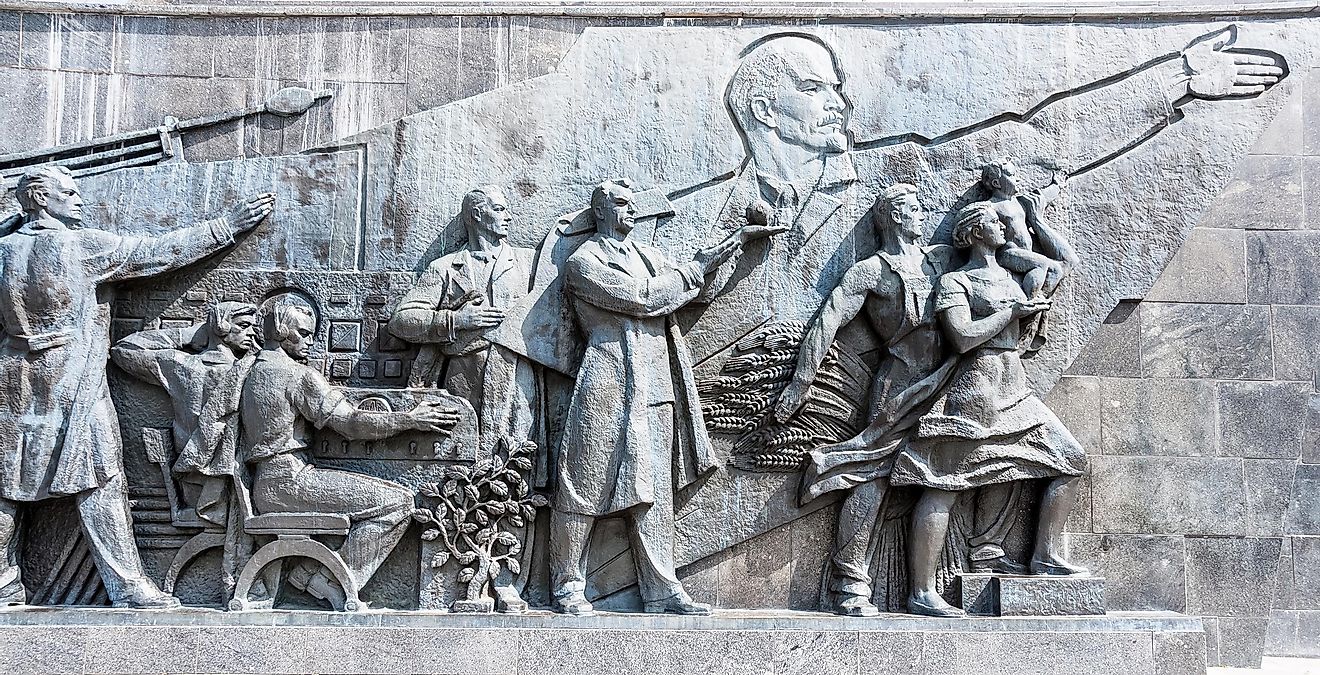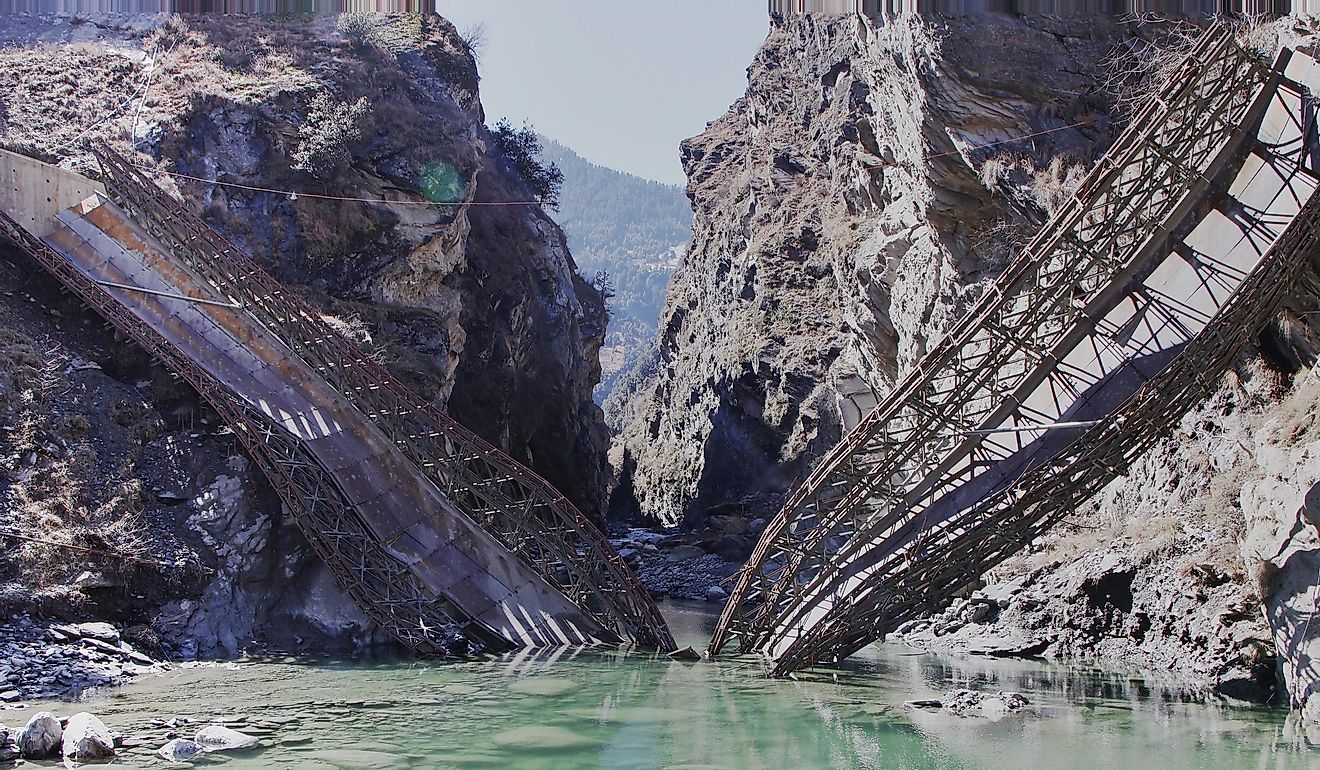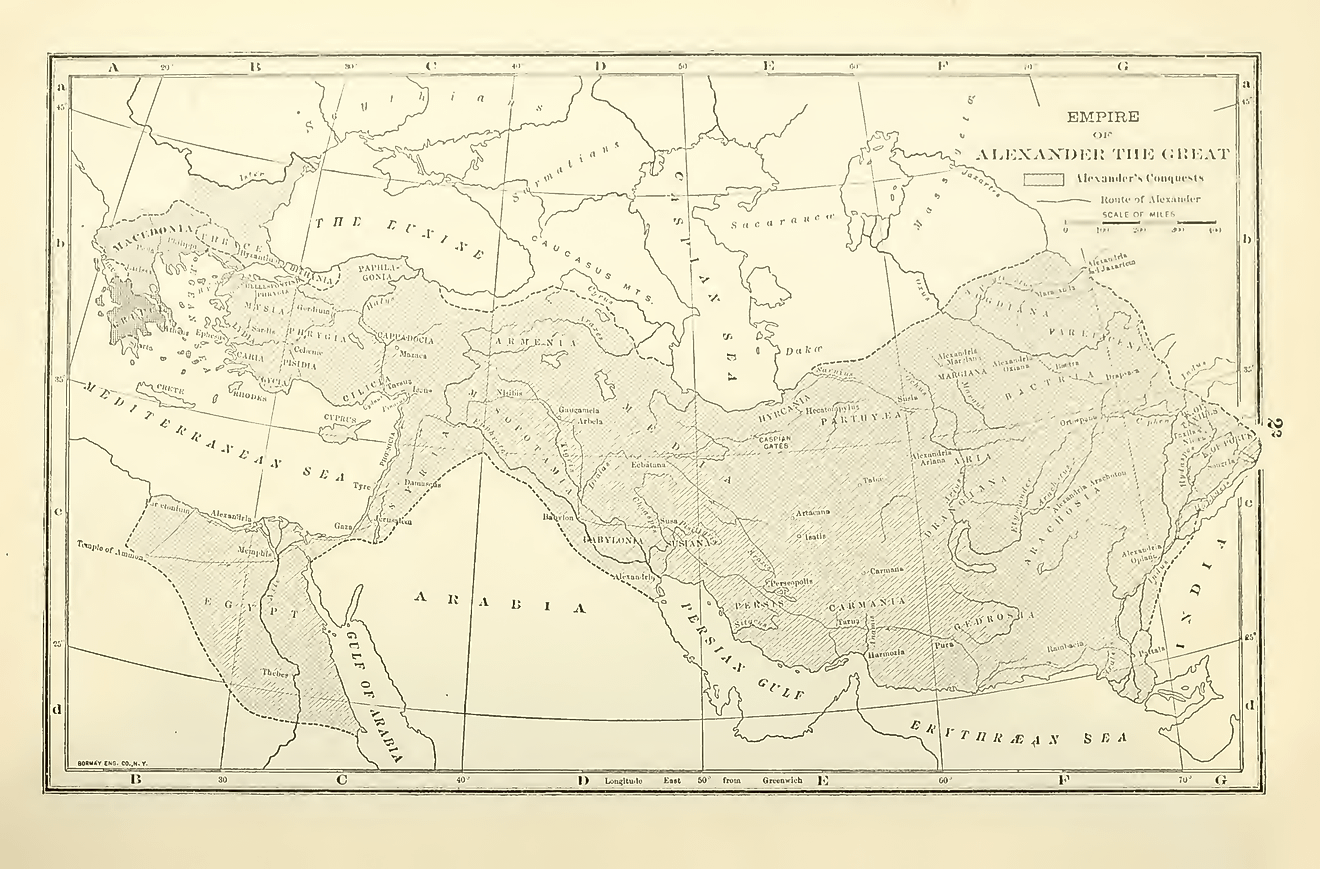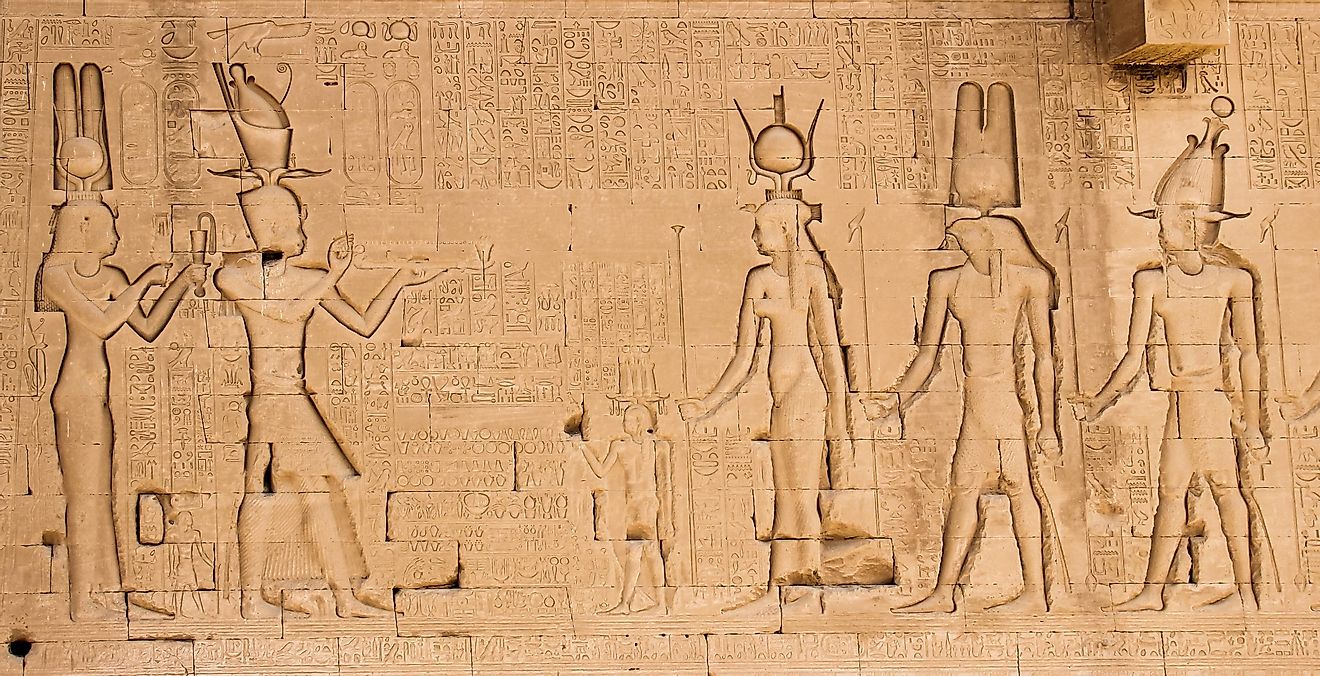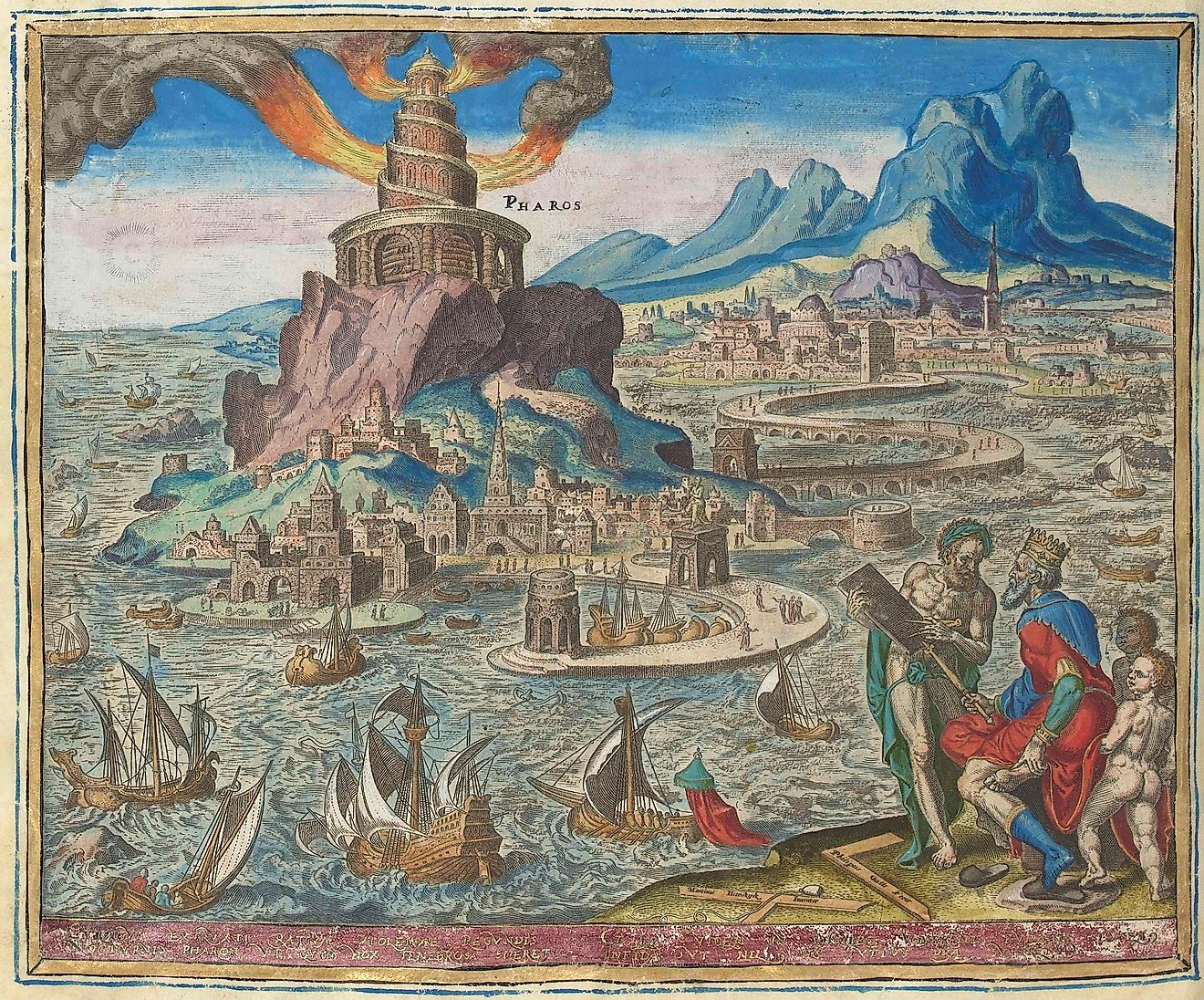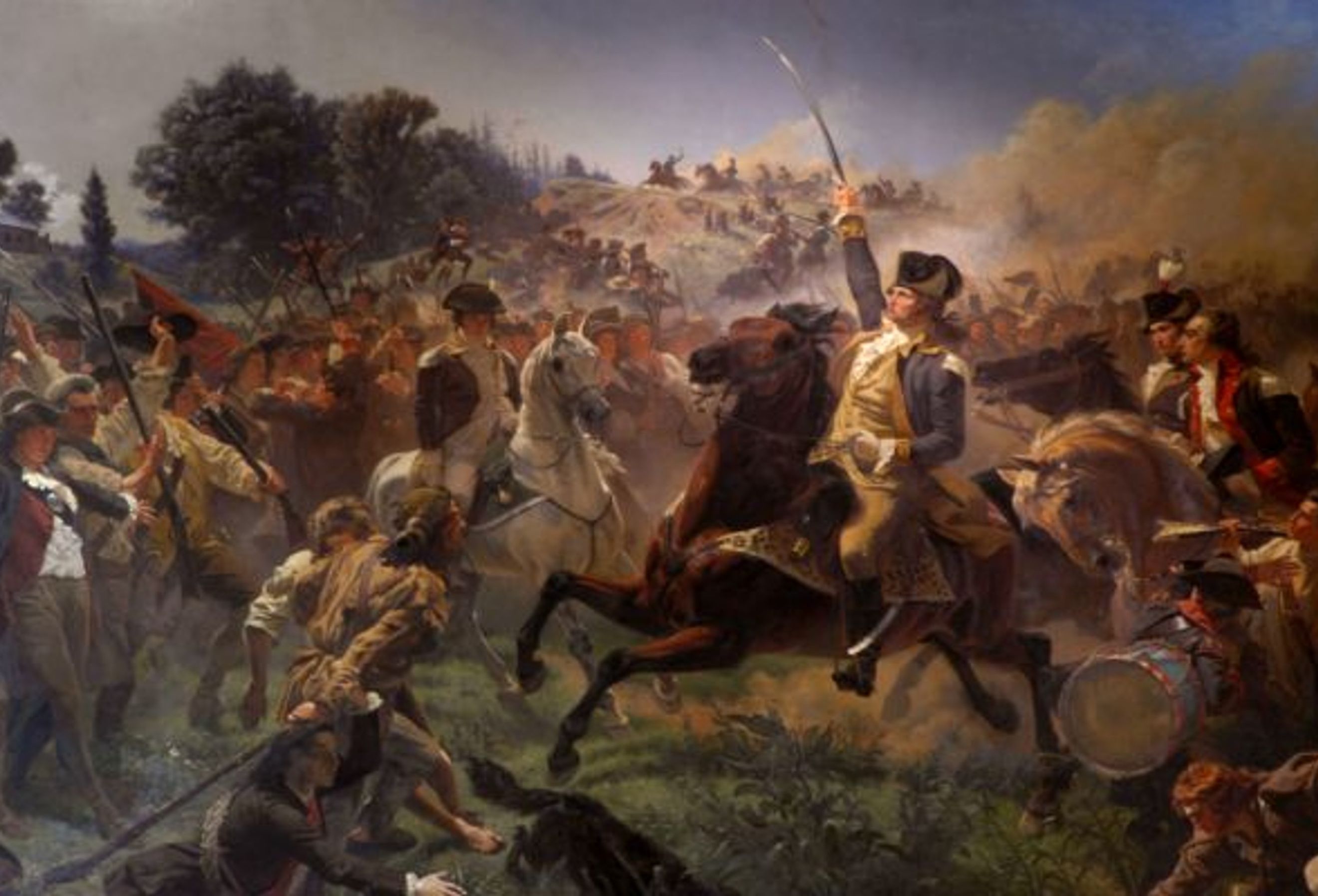
The Battle Of Monmouth: The American Revolutionary War
The American Revolutionary War is the conflict that ended with United States' independence from Britain. The war was between Great Britain and the rebellious colonies in North America. The Battle of Monmouth was one of many battles in the American Revolutionary War. It was the last battle in the Philadelphia campaign, a series of battles for the city of Philadelphia, which held political significance for the American colonies. The battle of Monmouth was a critical conflict since it helped the Americans gain an advantage in the war. Even before the start of the American revolutionary war, tensions were building between the American colonies and the British.
- Background of the American Revolutionary War
- The First Continental Congress
- Philadelphia’s Capture
- Background of the Battle of Monmouth
- The Battle of Monmouth
- Outcome of the Battle of Monmouth
- Key Facts & Information
Background of the American Revolutionary War
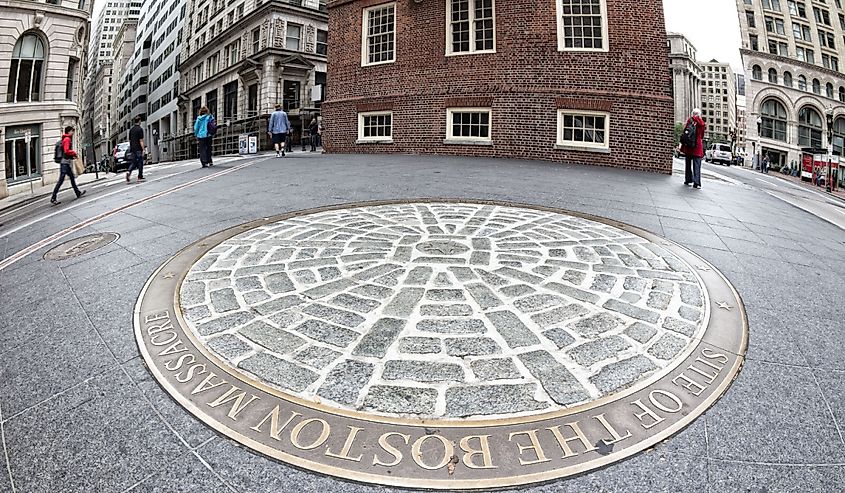
After the Seven Years’ War between Britain and France, The British gained new territory. The war was expensive and the British attempted to raise taxes on their colonies to recover. At this time, the British government consisted primarily of British property owners. The colonies protested the government’s decision and were unhappy with the direction of the British government.
In 1768 people in the American colonies were so upset with the British government that they rioted in the streets of Boston to express their grievances. When a brawl broke out, the British military shot and killed five people. This became known as the Boston Massacre. The patriots saw the event as a massacre. The event was significant and turned the colonies in America against King George III and the British parliament.
The First Continental Congress
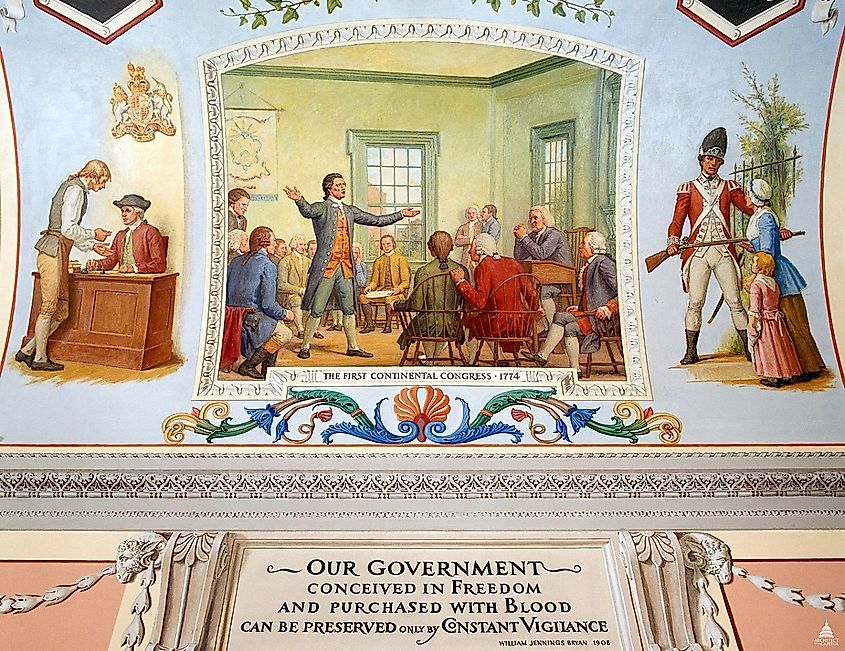
In response to repercussions from the Boston Tea Party, a group of colonist delegates met in Philadelphia in September 1774. The group denounced taxation without representation and the British army’s presence in the colonies without the people’s consent. They also created the Continental Association, which enforced the boycotting of British goods in each town, until the British changed their coercive legislation. The group became the first Continental Congress. While they did not speak about independence at first, they wanted to establish rights for every citizen, including life, liberty, property, assembly, and trial by jury. This group became an important part of the American Revolution and set the stage for Philadelphia to be a major political power.
Philadelphia’s Capture
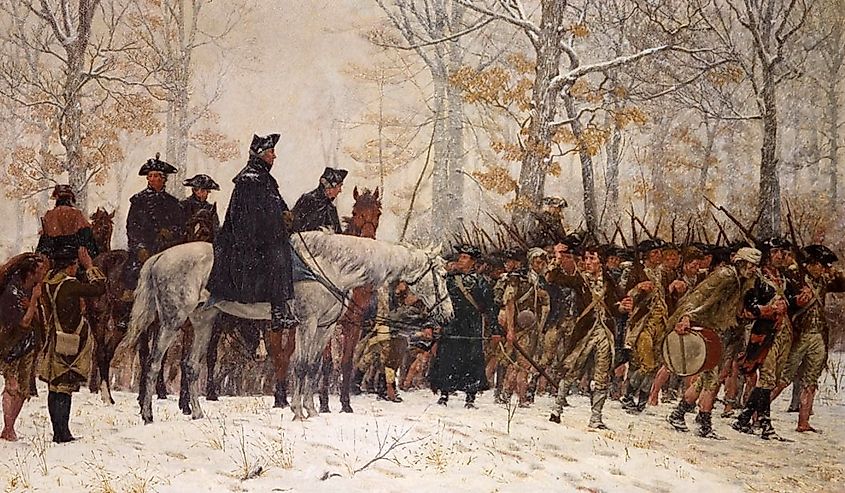
On July 2, 1776, the Second Continental Congress meeting resolved that the colonies should have independence from Britain. This was the start of the American Revolution, although tensions between Britain and the colonies had been running high prior to this meeting. The Continental Congress became the government of the colonies, and the British and the American colonies were officially at war. The congress continued to convene in Philadelphia to discuss important decisions about the war.
The British were having a difficult time facing the organized American armies and regaining control of the colonies. In 1777 British General William Howe sought to take control of Philadelphia, considering the city’s political power. This was also where the main American army, under George Washington was. In August of 1777, The British attacked Philadelphia and began the Battle of Brandywine on September 11, 1777. The British gained control over the city. This was the start of the Philadelphia campaign.
Background of the Battle of Monmouth
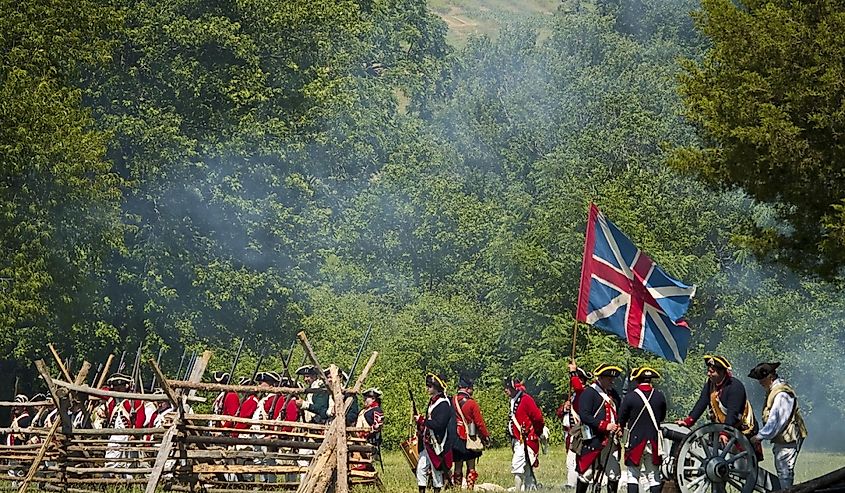
The Battle of Monmouth was the last battle in the Philadelphia campaign. The battle took place in Monmouth, New Jersey on June 28th, 1778. While the British stayed in Philadelphia after their capture of the city, in May of 1778, General Clinton had orders to evacuate Philadelphia and take his troops to the British main base in New Jersey. Clinton also had orders for his troops to leave for West Florida. This left few troops to man Philadelphia. General George Washington saw the British forces leaving, as an opportunity for the colonials to take back Philadelphia. He organized a group of around 5,000 men to strike.
The Battle of Monmouth
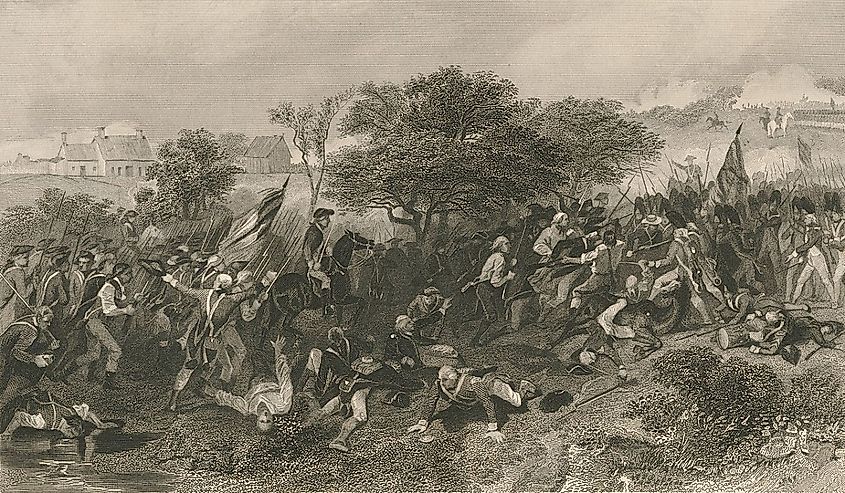
Washington planned to first strike the British when they were evacuating Philadelphia. He sent around a third of his army ahead under the command of Major General Charles Lee. However, this initial attack went badly for the Americans. Major Lee had to retreat and wait for the rest of Washington’s army to arrive. When Washington arrived at the battlefield, Lee's decision to flee angered him. Washington rode through the ranks on his white charger, inspiring confidence in his men. The colonists' counterattack forced the British to fall back and reorganize.
Many men died in the battle, both from fighting and the heat. At the time of the battle, a giant heatwave was going through Monmouth, with temperatures exceeding 90°F. Even Washington’s horse died in the heat. By the end of the day, everyone retreated, exhausted from the heat and fighting. Washington decided to continue the fight in the morning.
Outcome of the Battle of Monmouth
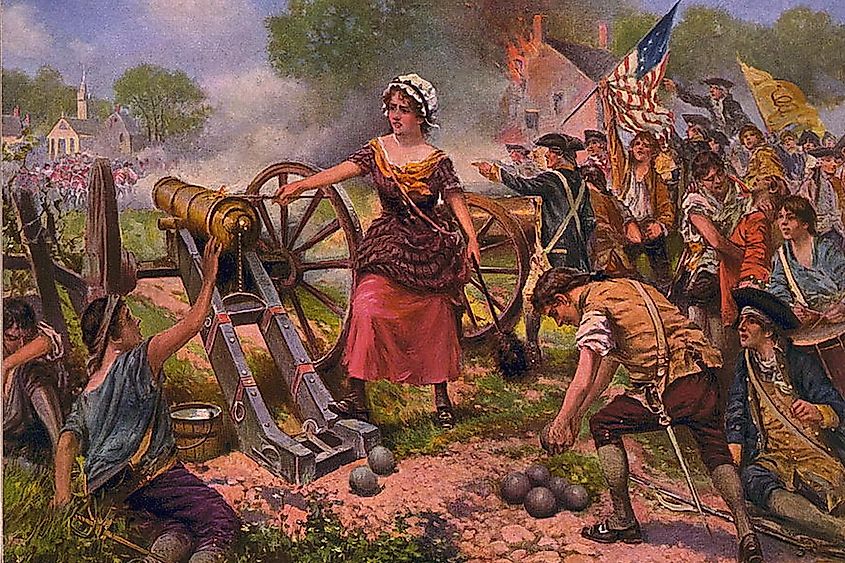
While the colonists were resting, the British were planning their escape. General Clinton, realized Washington was in an ideal position and the British were unlikely to be successful in the battle. Clinton decided to continue with his men to Sandy Hook, New York. In order to trick the colonists, the British kept their campfires burning. This way it appeared the British had not left. Although the British escaped the battle of Monmouth, the American colonists claimed victory.
The Battle of Monmouth was not the last battle in the American Revolutionary War. The war continued until 1783. However, the battle of Monmouth holds significant because it helped the Americans gain an advantage. This changed the tides of the overall revolutionary war to favor the Americans. This contributed to American independence from Britain. Today the area where the battlefield took place is still honored and preserved in Monmouth Battlefield State Park.
Key Facts & Information
| Quick Fact | |
|---|---|
| Date | June 28 1978 |
| Location | Monmouth, New Jersey |
| British Commander | Henry Clinton |
| British Forces | 17660 |
| British Losses | 358 (offical) 1,134 (estimated) |
| US Commander | George Washington and Charles Lee |
| US Forces | 14,300 |
| US Losses | 370 (offical) 500 (estimated) |
